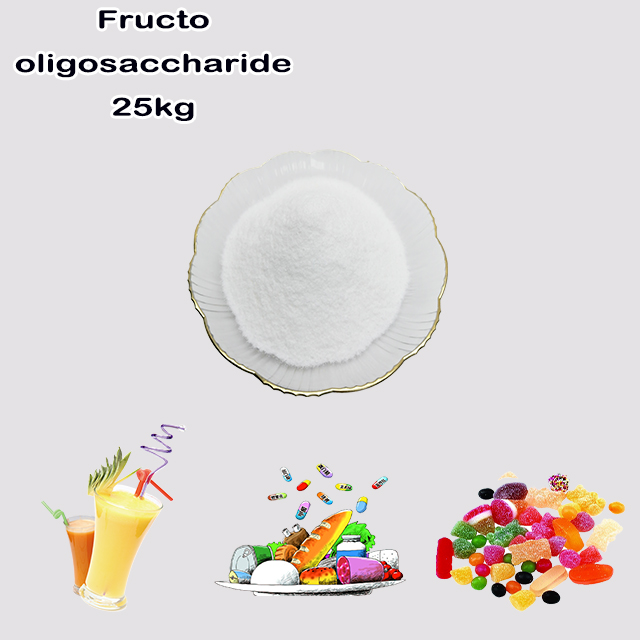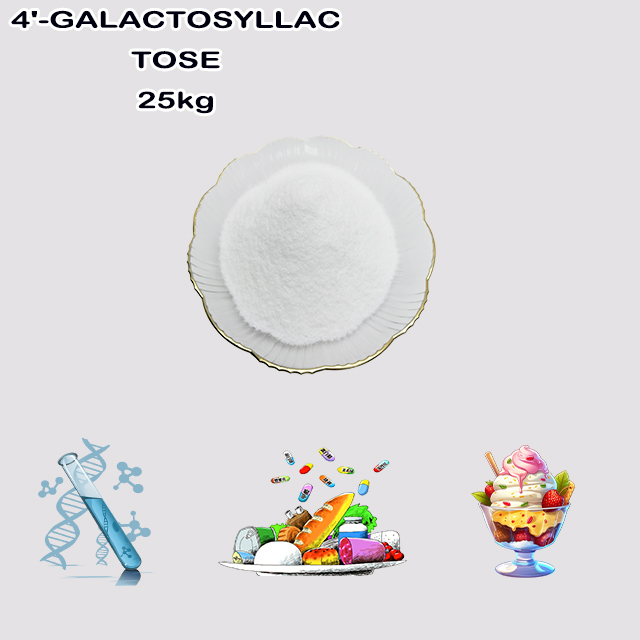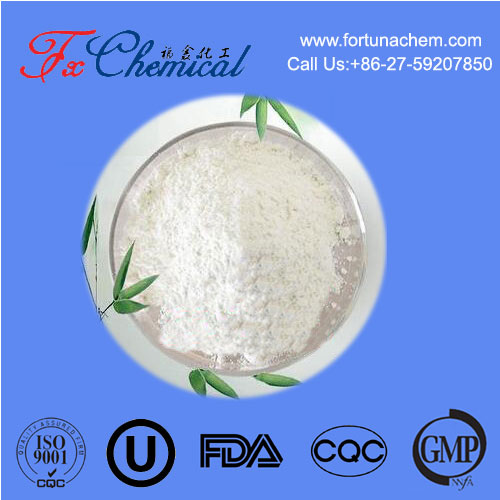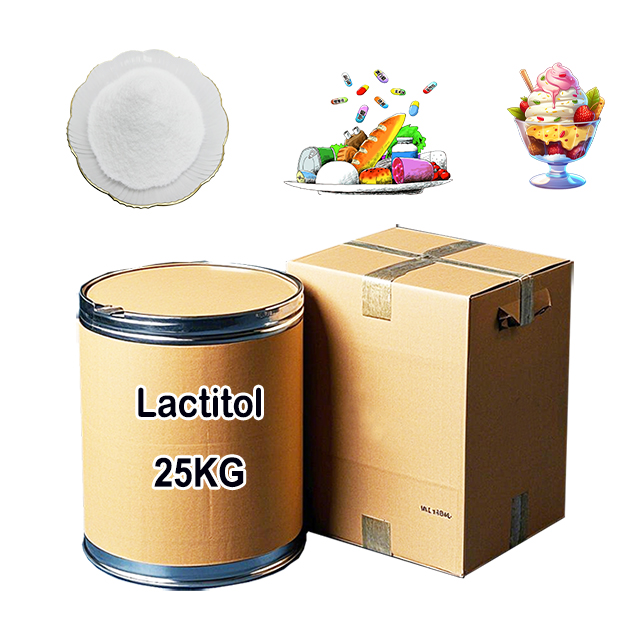
Search

Search

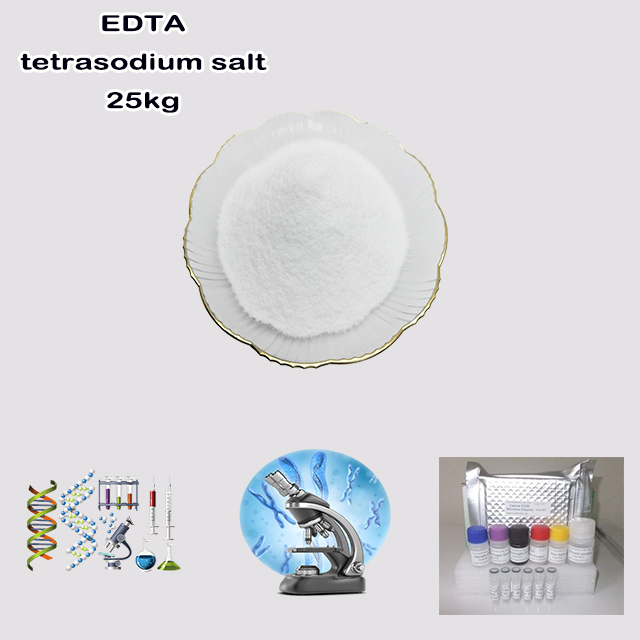
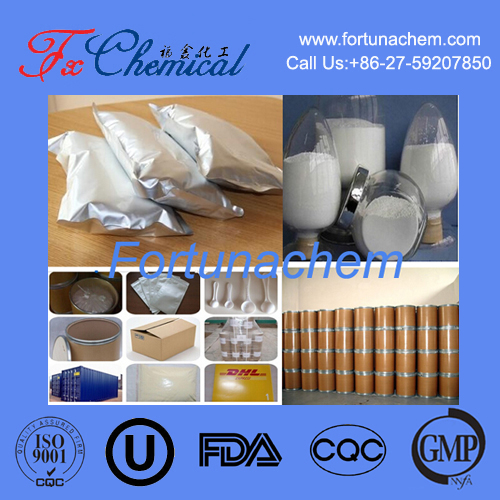
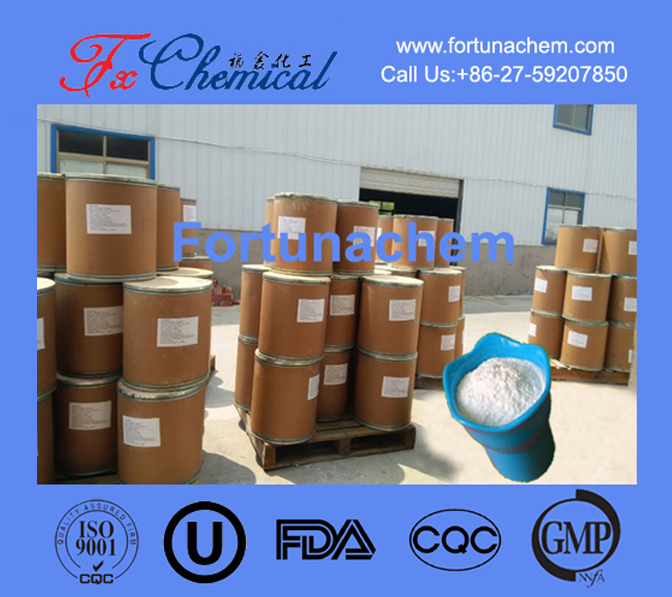

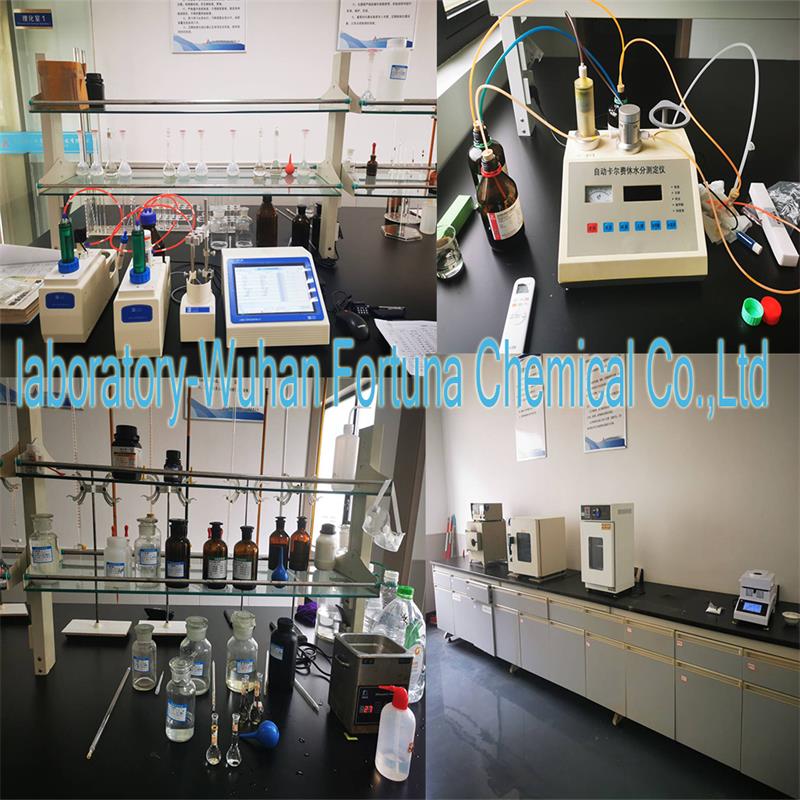





EDTA-4Na.2H2O is used as a food additive. EDTA-4Na.2H2O is used as a color photosensitive material rinsing and processing bleaching fixer, styrene-butadiene rubber activator, hard water softener, multivalent chelating agent, etc. EDTA-4Na.2H2O has the ability to complexe calcium-containing hard water in various pH ranges and concentrations, and has the highest potency at pH≥8. It is complexed with calcium metal at a molar ratio of 1:1, has excellent stability against heat in water, and will not decompose even in superheated water, and is a very effective hard water softener.
| Items | Technical index |
| Product name | EDTA-4Na.2H2O |
| CAS NO. | 10378-23-1 |
| Molecular formula | C10H16N2Na4O10 |
| Molecular weight | 416.20 |
| Appearance | White crystalline powder |
| Purity | 99%min |
| Product parameters | |
| Cas number: | 10378-23-1 |
| Appearance: | White crystalline powder |
| Purity: | 99%min |
| Package details: | 25kg/bag |
| Brand: | Fortunachem |
Ethylenediaminetetraacetic acid tetrasodium salt dihydrate is a specific, water-soluble salt form of the well-known chelating agent EDTA. Its chemical formula is typically written as C₁₀H₁₄N₂Na₄O₈·2H₂O or Na₄EDTA·2H₂O.
Breaking down its structure and function:
Core Ligand (EDTA): The molecule is built around the EDTA anion. This has a central ethylenediamine backbone (H₂N-CH₂-CH₂-NH₂) with four acetate arms extending from the two nitrogen atoms and the two carbon atoms of the central chain. In the tetrasodium salt, all four carboxylic acid groups (-COOH) of the parent EDTA acid are deprotonated, forming carboxylate anions (-COO⁻).
Tetrasodium Salt: The "tetrasodium" indicates that four sodium cations (Na⁺) are present to balance the charge of the quadruply-negative EDTA anion.
Dihydrate: The "dihydrate" signifies that two water molecules (2 H₂O) are associated with each molecule of the salt, typically as water of crystallization within the solid crystal lattice.
Primary Chemical Function: Chelation
Its key property is being a hexadentate chelating agent. The molecule has six donor atoms: the two nitrogen atoms and the four oxygen atoms of the carboxylate groups. These can form strong, octahedrally coordinated complexes with a wide range of di- and trivalent metal cations (e.g., Ca²⁺, Mg²⁺, Fe³⁺, Cu²⁺).
Key Applications:
Sequestration: It binds to and "deactivates" metal ions in solutions, preventing them from catalyzing unwanted oxidation reactions, forming precipitates (soap scum), or degrading products. This is crucial in food preservation, cosmetics, and detergents.
Medicine: Used as an anticoagulant in blood collection tubes by chelating calcium ions (Ca²⁺), which are essential for the coagulation cascade.
Industrial & Laboratory Uses: Scale removal, water softening, and a standard reagent in analytical chemistry and molecular biology (e.g., to inhibit metal-dependent enzymes).
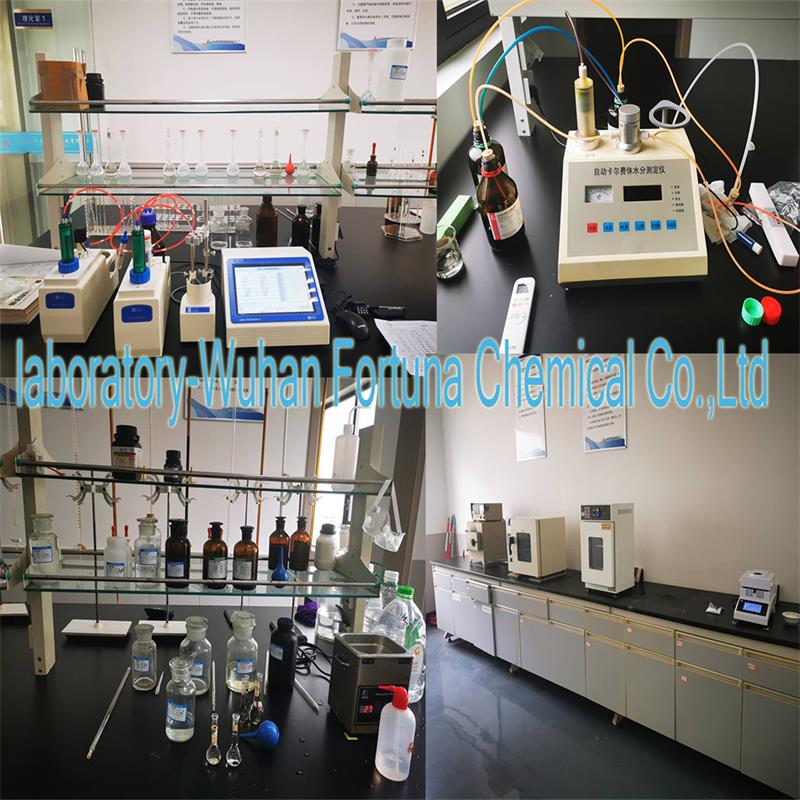

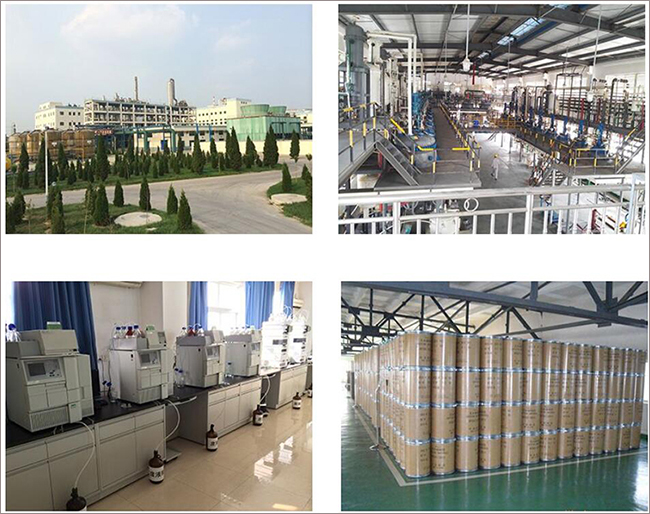
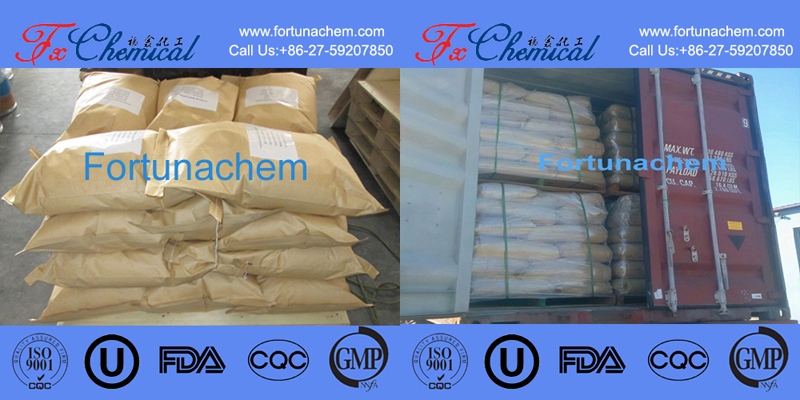
Used as a water softener, antioxidant, chelating agent, printing and dyeing auxiliary, detergents auxiliary and so on.


Fortunachem Provides Not Only Professional Chemical Products But Also Professional Help
Keeping you up-to-date with all the latest information, news, and events about Fortunachem!

Quick Links
Add:
E-mail:
 English
English  Español
Español  français
français  العربية
العربية 